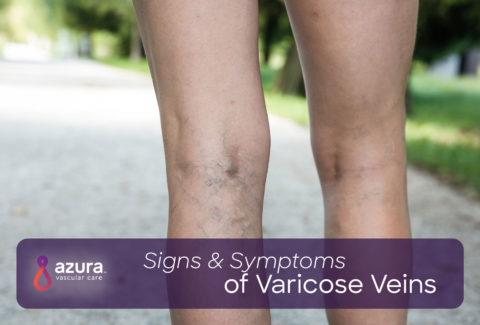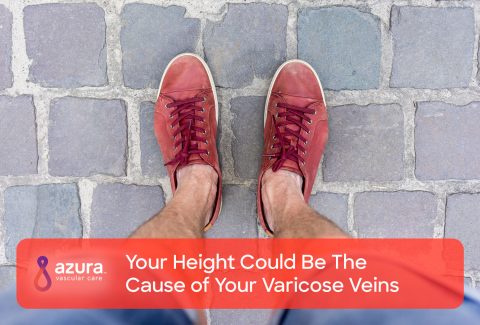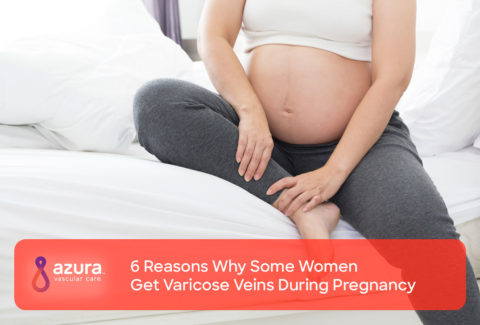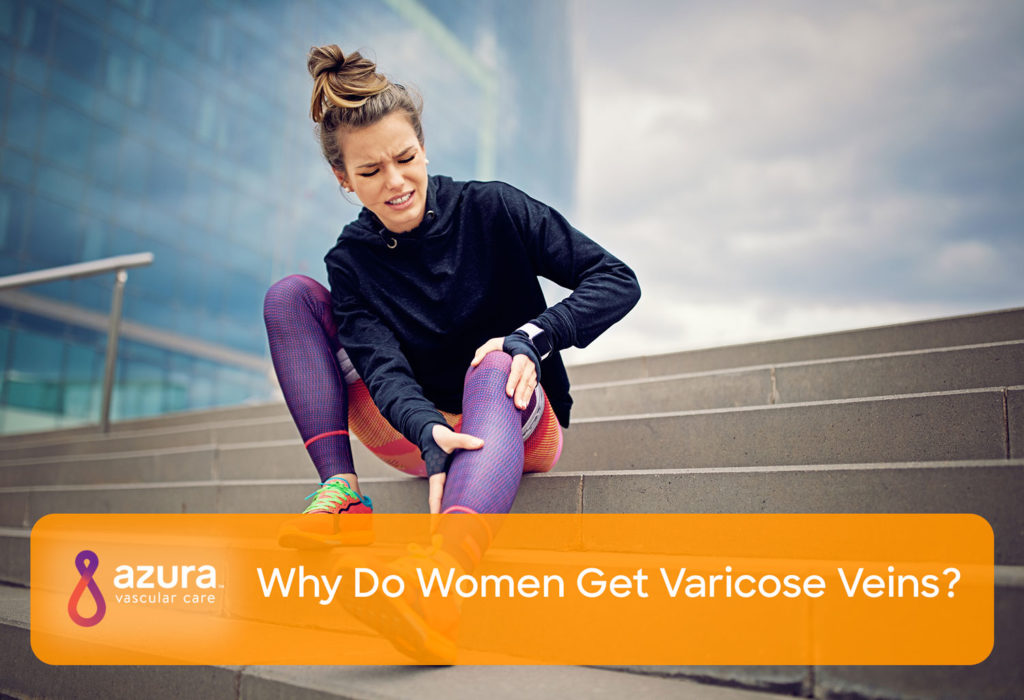
Have you ever noticed varicose veins on women? On some, it’s hard to miss those bulging, dark purple or blue, twisted veins. While varicose veins are a very common vein disorder among both women and men over age 50, women are four times more likely than men to be affected. Have you ever wondered why women might be more prone to developing varicose veins?
Why Do Women Get Varicose Veins?
Hormones may be the reason why women get varicose veins. For women, hormones are a fact of life, particularly estrogen and progesterone, impact menstrual cycles, physical development and pregnancy. As women get older, hormonal changes can cause mood swings, hot flashes, weakened bones and more.
Varicose veins are one of the hormone-related issues women may be faced with. Up to 50 percent of American women may be affected at some point in their lives, according to the American College of Phlebology. Approximately 22 million women in the United States, between 40 and 80 years old, have varicose veins. i These painful, bulging veins are a very common problem, and not purely a cosmetic issue. Hormonal changes can play a role in the formation of varicose veins, so understanding how these changes affect veins can help you to take steps to reduce your risk or seek treatment.
So, How Do Hormones Contribute to Women Developing Varicose Veins?
Not sure how hormones cause women to get varicose veins? Veins do not have a strong muscular layer, like arteries do, to move blood along. Instead, they rely on one-way valves that prevent blood from flowing backwards. They also depend on the muscles in your legs to help push the blood back to your heart. Changes in hormone levels can reduce how well these valves work. These hormonal changes can also weaken the vein walls. ii The result is that blood builds up within the vein, stretching out the vein walls making them weaker, and then the veins bulge just below the surface of your skin.
Varicose Veins May Be More than Just a Cosmetic Issue
You may be self-conscious about how your legs look, but varicose veins may be more than just a cosmetic issue. You should be on the lookout for these other symptoms of varicose veins:
- Tired or heavy legs
- Burning or throbbing in your legs
- Swollen ankles or legs
- Discomfort or pain in the legs
- Thickening of the skin or changes in the skin color on your legs
- Problems with bleeding from the varicose veins that is hard to stop
- Hard, warm and painful veins iii
Take Action
You may want to consider the following if you’re hoping to take steps to start feeling more comfortable with your legs.
Talk to your doctor
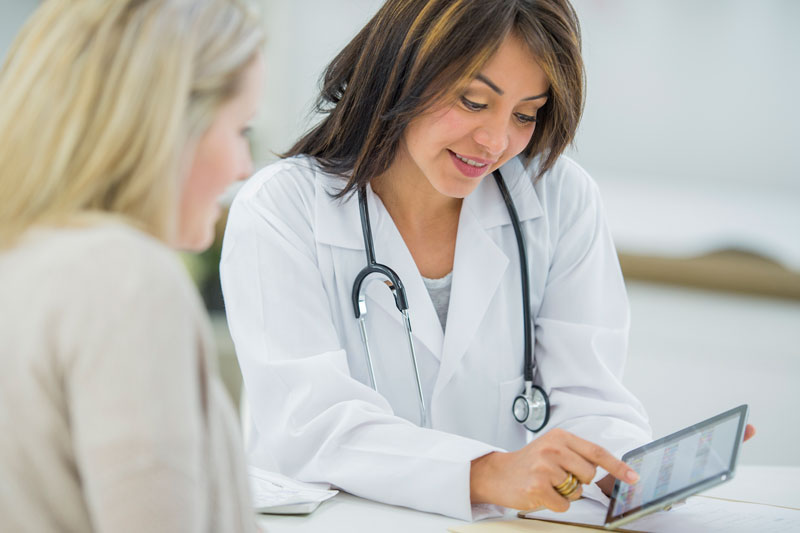
If you’re taking any medications that contain hormones, you and your doctor will need to decide if these medications are benefiting you.
Get moving
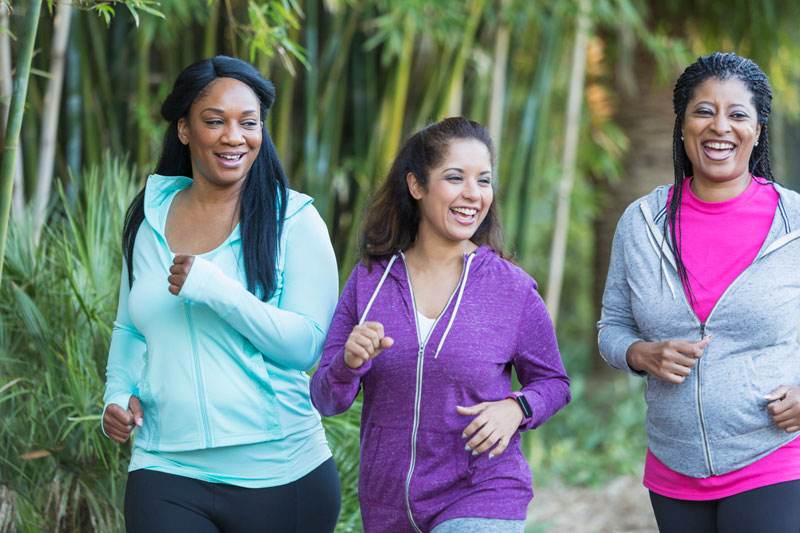
Regular exercise that uses your leg muscles, like walking, swimming or cycling, improves the flow of the blood through the veins.
Wear compression stockings
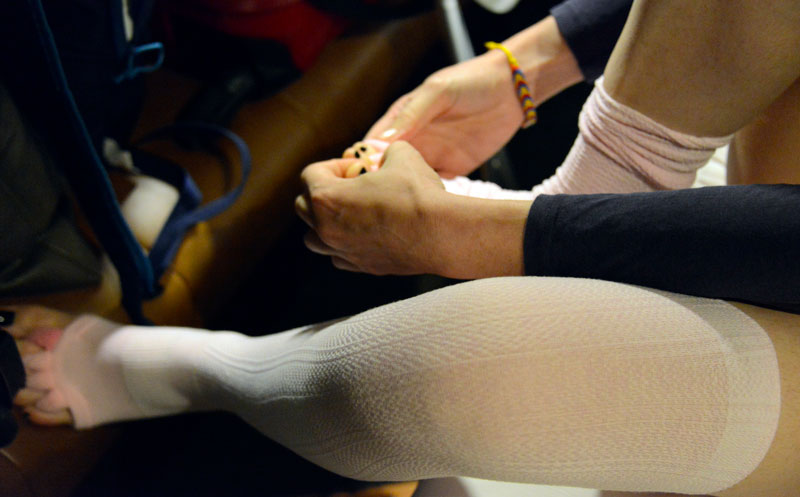
You can find these at your local drug store or pharmacy. These special elastic stockings counteract the swelling of the veins by applying pressure to the outside of the legs. You can wear them every day, but you should take them off when you go to bed. You may want to see if your doctor thinks you need a prescription for a pair made specifically for your legs.
Elevate your legs
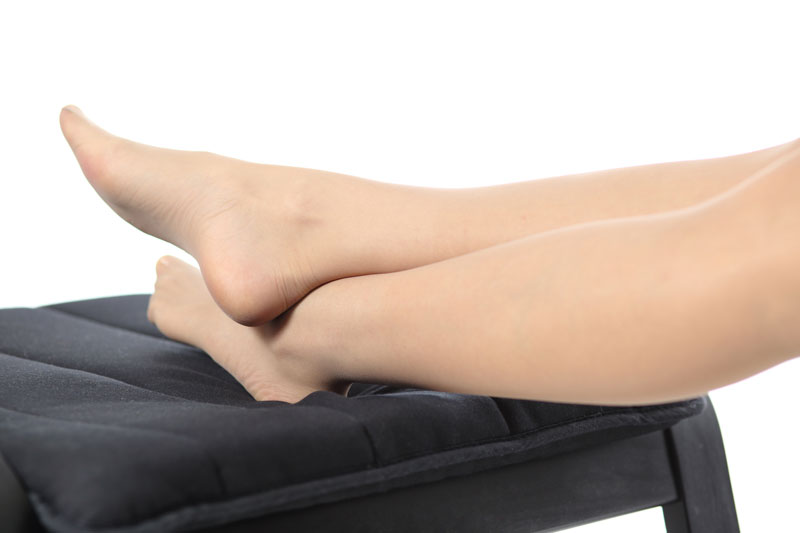
Take time through the day to raise your legs above the level of your heart. This improves blood flow by using gravity to help move the blood along. If you can, take 30 minutes 4 times a day to do this. iv
There Are More Treatment Options Available
Lifestyle changes may not be enough. In that case, there are more treatment options available, and a vascular specialist can be the doctor to help you.
Varicose Veins Surgery
Vein ligation and stripping are surgical options for varicose veins. Ligation is the surgical tying off of veins through a small incision at the top of the faulty vein. Stripping, the actual removal of the vein, is sometimes performed in conjunction with ligation.
Minimally Invasive Treatments
Vascular specialists can treat varicose veins without surgery. There are several minimally invasive treatment options for varicose veins, which involve removing the veins or blocking them off so they disappear. These treatments do not require stitches and typically have a quicker recovery time than surgery. v
- Endovenous ablation – Through a small nick in the skin, a thin tube called a catheter is used to apply heat to damage the inside of the varicose veins. The heat is created by a laser fiber or radiofrequency waves at the tip of the catheter. The vein will close off and disappear.
- Microphlebectomy – Often used in combination with endovenous ablation, small nicks are made in the skin right over the veins and then a special instrument is used to pull the veins out. This is also called ambulatory phlebectomy.
- Sclerotherapy – This is a good treatment for spider veins, which are cosmetic, and sometimes can work for smaller varicose veins. A chemical is injected through a small needle into the vein, causing it to close off. Eventually the veins will fade away. Sclerotherapy is not effective for treating larger varicose veins.
Regardless of gender and whether or not your varicose veins are caused by hormones, there is help. If you’ve tried to treat your varicose veins on your own with lifestyle changes but it wasn’t enough, don’t forget that you have other choices. Set up an appointment with a vascular specialist who specializes in the treatment of varicose veins to determine the appropriate approach for treating your varicose veins.
Sources:
i Piazza, G., Varicose Veins. Circulation, 2014. 130: p. 582-587. http://circ.ahajournals.org/content/130/7/582.long
ii Womenshealth.gov, Varicose veins and spider veins. (updated July 15, 2012, reviewed 11/30/2016) https://www.womenshealth.gov/publications/our-publications/fact-sheet/varicose-spider-veins.html#C
iii National Heart, Lung and Blood Institute. What Are the Signs and Symptoms of Varicose Veins? https://www.nhlbi.nih.gov/health/health-topics/topics/vv/signs (updated 2/13/2014, accessed 11/30/2016)
iv Lin, F., Zhang, S., Sun, Y., Ren, S., Liu, P., The Management of Varicose Veins. Int Surg, 2015. 100: p. 185-189. https://www.ncbi.nlm.nih.gov/pmc/articles/PMC4301287/
v Spinedi, L., Uthoff, H., Partovi, S., Staub, D. Varicosities of the lower extremity, new approaches: cosmetic or therapeutic needs? Swiss Med Wkly, 2016. 146:214360

